
What Was The First Fluoridated Toothpaste?

There is perhaps no type of dental care products that take pride of place in medicine cupboards and washbags more than toothpaste, and this has been the case for thousands of years if you factor in early tooth powders and poultices.
However, for nearly that entire history, the most important ingredient of modern toothpastes, fluoride, was not included in toothpastes until the latter part of the 19th century and was not regularly used until the 1960s.
Why was this? Why did it take over six decades for fluoride toothpaste to emerge as a core part of dental health?
In 1895, the first publicly available dental product featuring fluoride was released by the Karl Friedrich Notellner Chemical Company based in Bremen, Germany.
Named Tanagra, there is no word on exactly how successful it was, but there was an initial suspicion of fluoride, likely due to limited clinical evidence proving its safety and efficacy.
This was true as late as 1937, as Roy Cross produced a similar fluoride-infused toothpaste that was criticised by the American Dental Association, spurring research programmes that started in the 1940s to prove it was safe, effective and could help prevent tooth decay.
The result after a decade of research and over $3m was Crest, manufactured by Procter & Gamble in 1955 as the first fluoride-containing toothpaste after the concept was approved by the ADA.
After just five years, the ADA glowingly reported that as part of an oral hygiene programme, fluoride toothpastes were of “significant value”, to oral health, and its ability to reduce dental caries and cavities was heavily marketed.
The most famous of these campaigns was a series of paintings by Norman Rockwell of grinning children proclaiming “Look Mom - no cavities!” and claiming that using fluoride toothpaste could significantly reduce tooth decay.
After several decades and alongside water fluoridation programmes, tooth decay has significantly reduced in the century since fluoride was discovered and first used.



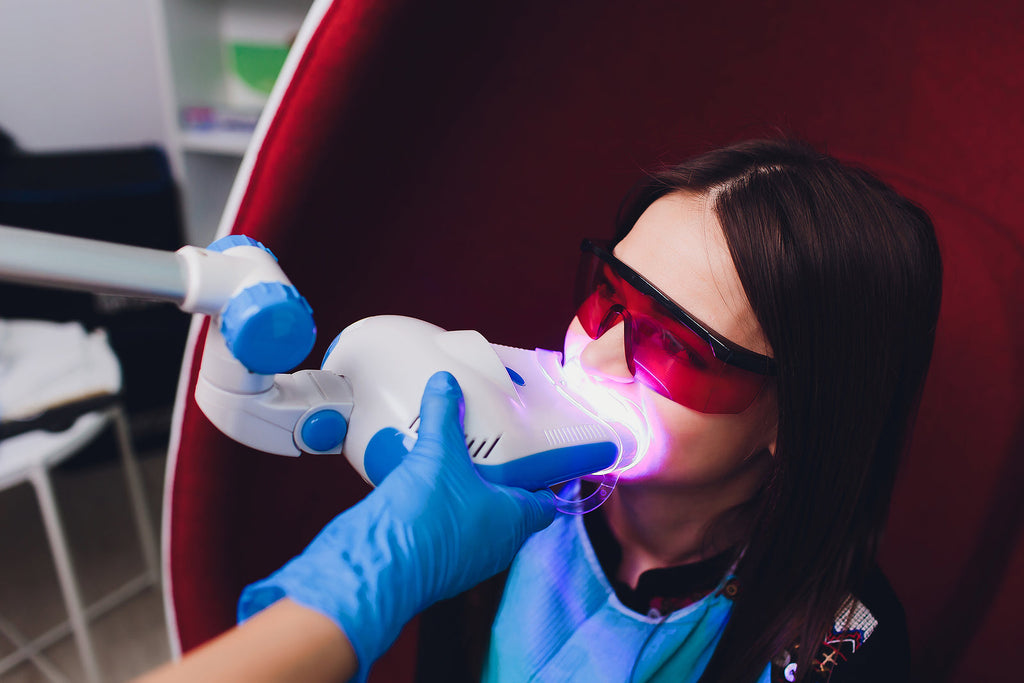
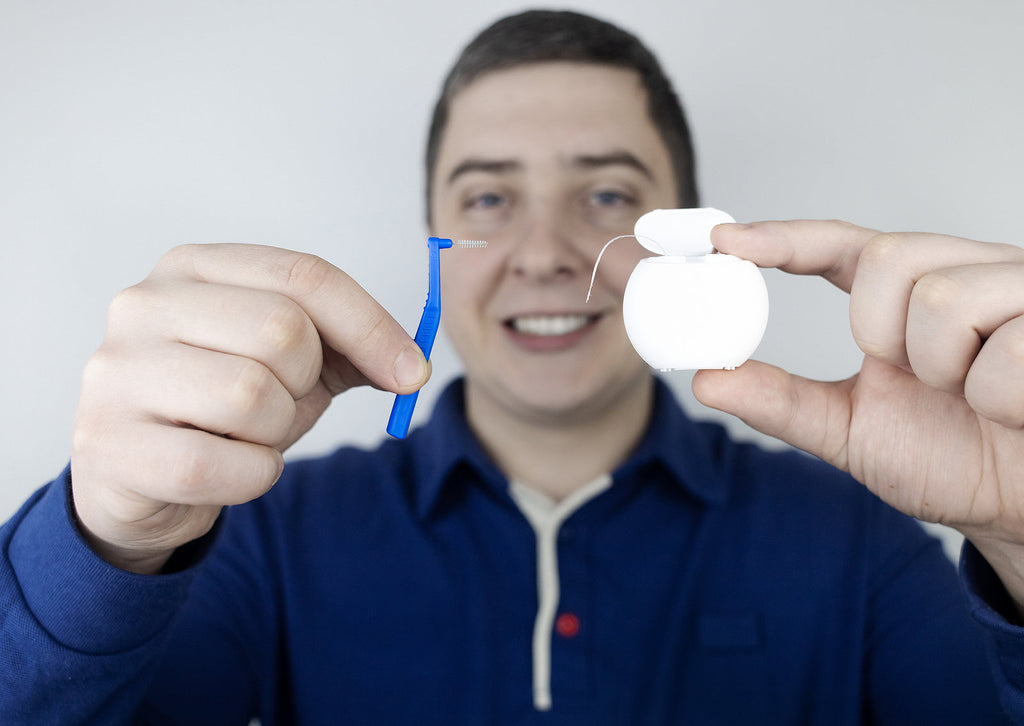

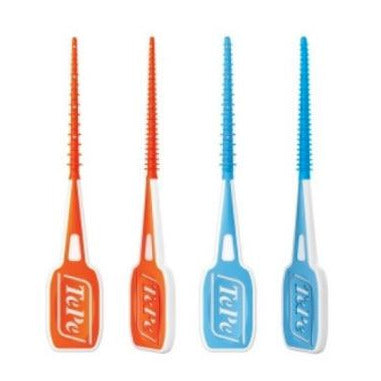
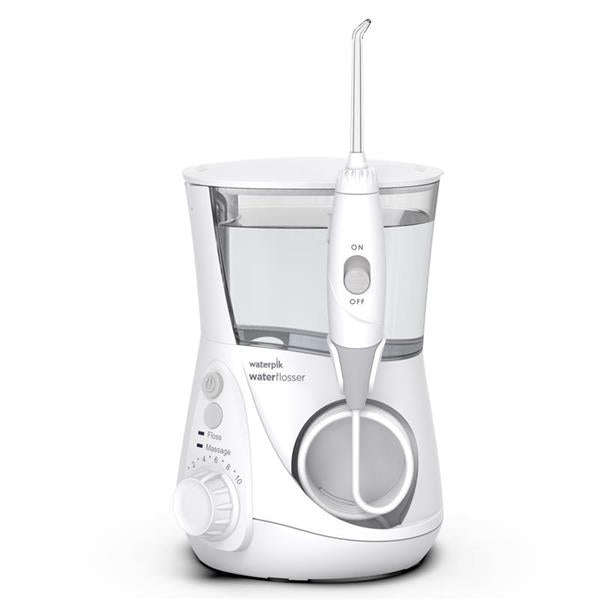
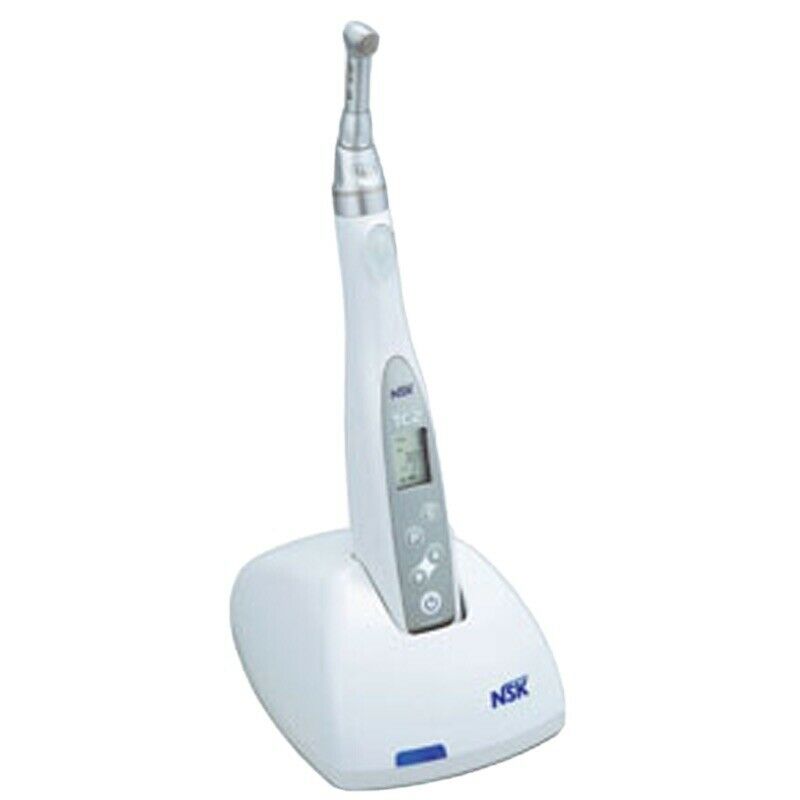

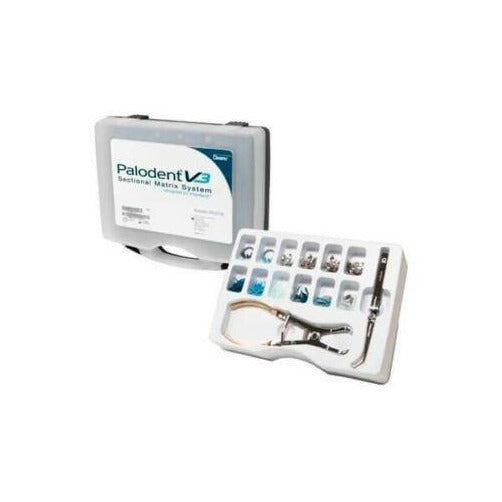
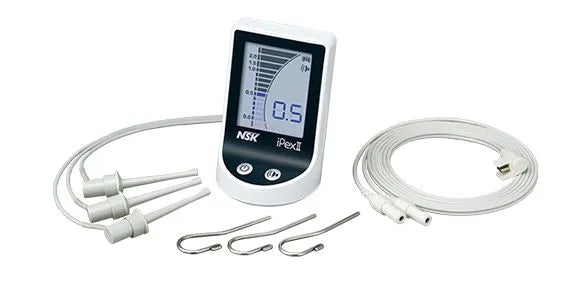
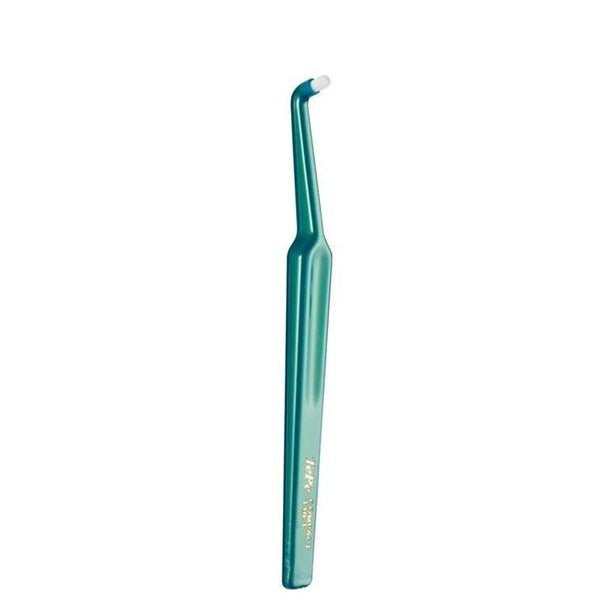
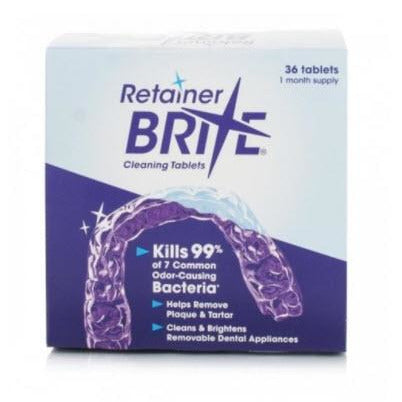

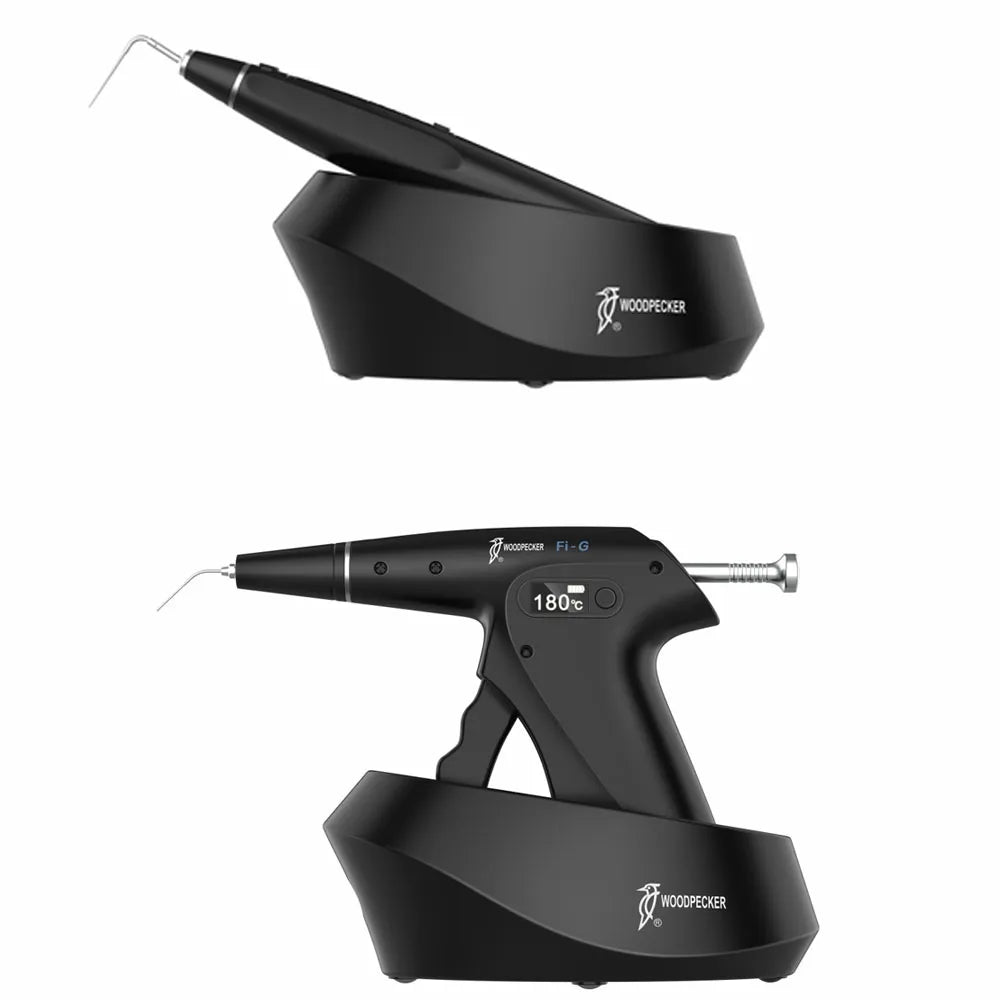
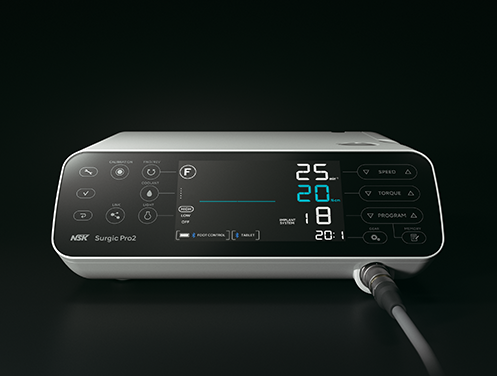
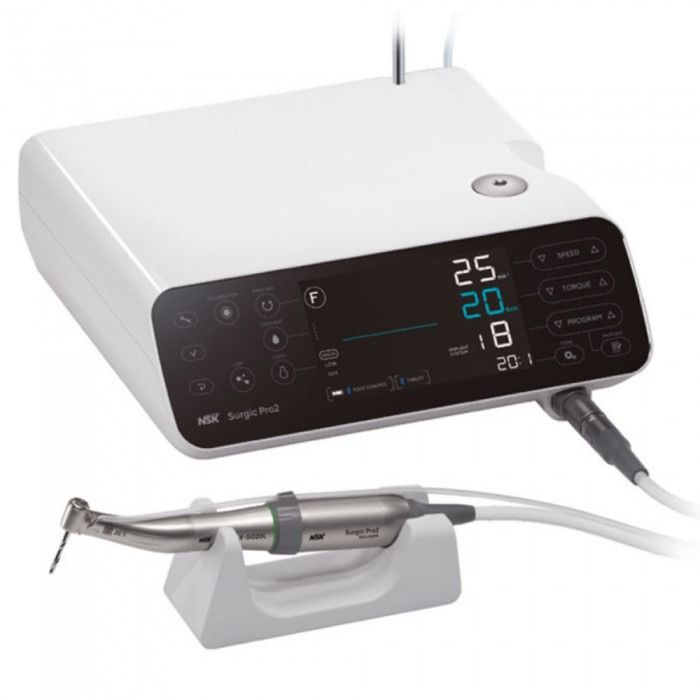






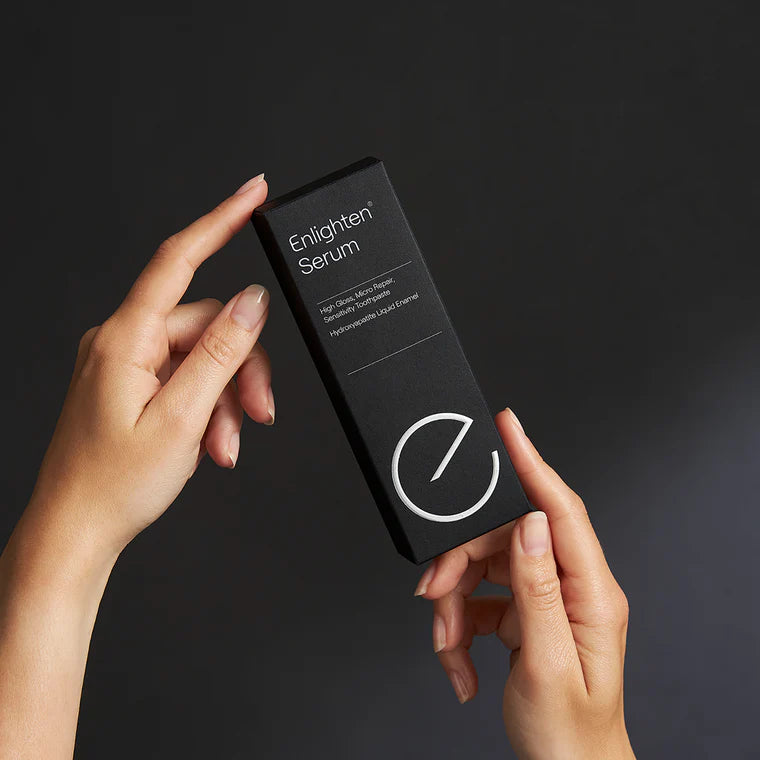
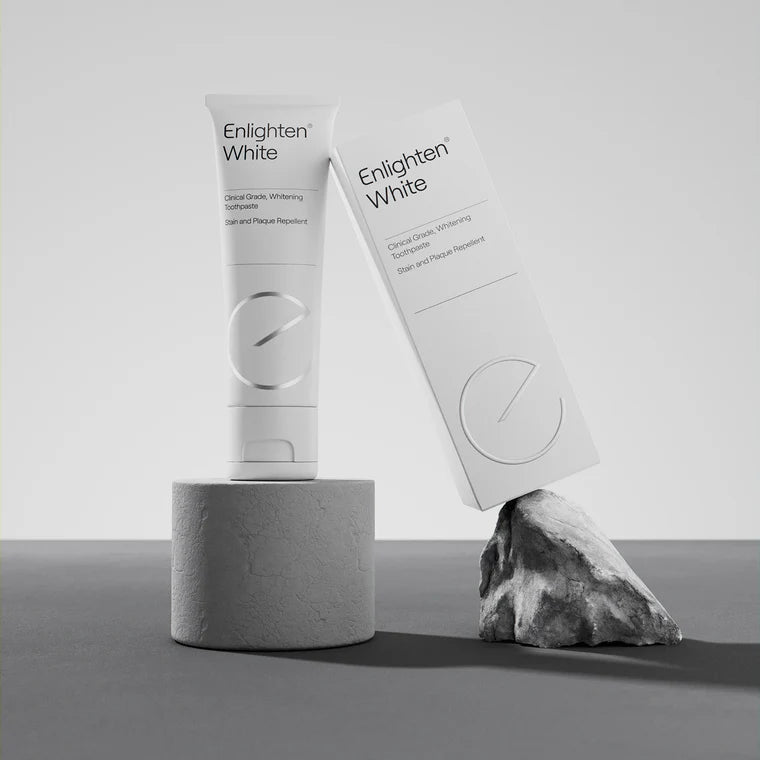
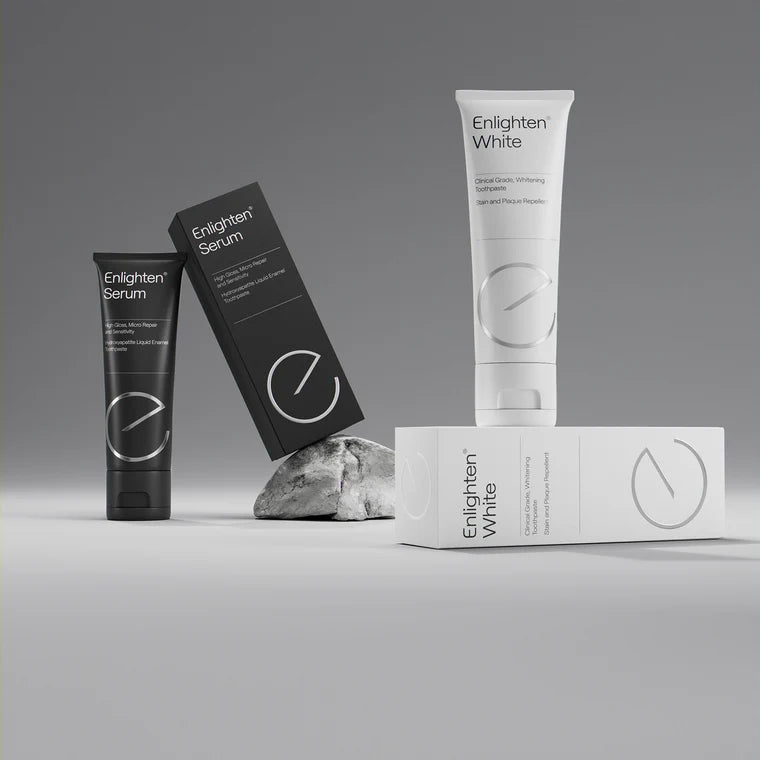
 Whatsapp us!
Whatsapp us!